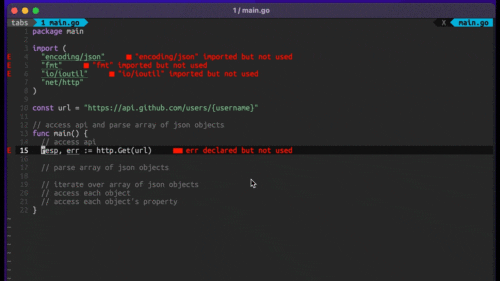
Four Key Reasons to Learn Markdown
Back-End Leveling UpWriting documentation is fun—really, really fun. I know some engineers may disagree with me, but as a technical writer, creating quality documentation that will...
Trying to handle image manipulation, creating PDFs, or in-memory caching in pure Ruby is like trying to win the Tour de France on your hipster single-speed bike. The single-speed works 90% of the time, but when you have demanding performance requirements, it’s not good enough. Many popular Ruby libraries, such as MySQL/PostgreSQL, RMagick, and most of the webservers Ruby applications are deployed on (like Passenger, Mongrel, and Thin), harness the blazing speed of the C language and libraries to handle the heavy lifting and performance-intensive business that Ruby can’t keep up with on its own.
In some of my recent work, I had the opportunity to delve into and expand on a Ruby extension written in C for looking up geographic information based on IPs. This library was vital to one of our client’s projects that has immense performance requirements without the possibility of full request caching. By utilizing the existing GeoIP C library for accessing their special in-memory binary database, we were able to keep up with the demand the application would be seeing.
As is common at Highgroove Studios, along with making sure our contributions to the library were open sourced, I took the lessons and experience gained from this unusual endeavor and presented them to our local Ruby User Group here in Atlanta. I focused more on exposing the bridge between the Ruby and the C environments and understanding the internals of the Ruby language from a C standpoint. However, armed with this knowledge, any Rubyist is able to open up most any Ruby extension or even the Ruby language implementation itself and understand what’s going on. My goal was to get the developers over the initial hurdle of being able to read the code and understand it enough to investigate further.
Personally, I gained from this experience a better appreciation for the real beauty of the Ruby language and the effort required to make it as fluid and dynamic as it is as well as having a more thorough understanding of the internal workings of the language. Working this close to the language core has also made a difference on my Ruby style, both in trying to fight the language less but to also use it more efficiently and effectively.
For more information, check out the presentation slides1 and some of the C examples I wrote for the presentation2. Also check out the GeoIP I contributed to which inspired this whole adventure3.
1 http://www.slideshare.net/maraby/writing-ruby-extensions

Writing documentation is fun—really, really fun. I know some engineers may disagree with me, but as a technical writer, creating quality documentation that will...

Humanity has come a long way in its technological journey. We have reached the cusp of an age in which the concepts we have...

Go 1.18 has finally landed, and with it comes its own flavor of generics. In a previous post, we went over the accepted proposal and dove...